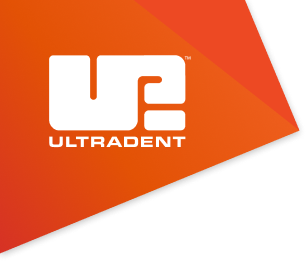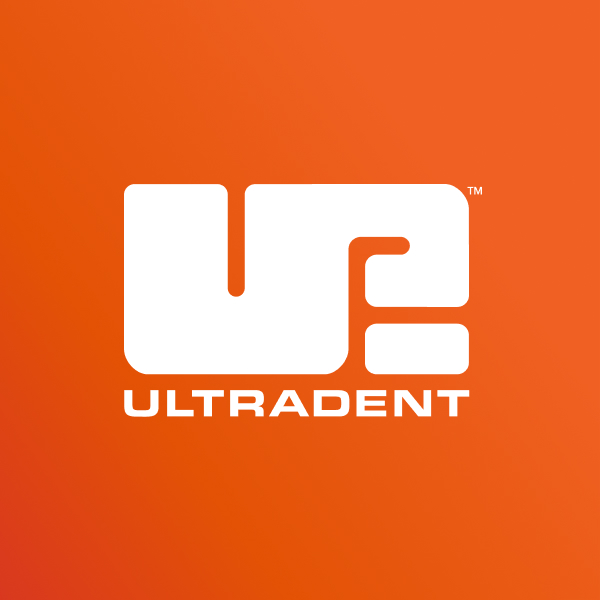When Dr. Patrick Yoshikane of Orange, California, graduated in 1989 from the Loyola University School of Dentistry in Chicago, all he knew was the tofflemire system. “As general dentists, we’re trained to use a tofflemire [band] for amalgams or proximal surface restorations,” Dr. Yoshikane says. However, Dr. Yoshikane found that again and again, in many different situations, the tofflemire system just wasn’t cutting it. The best he could do, he says, was “hope our contacts are good,” and “wedge it harder to spread the contact.” But unfortunately, too many times his contacts “were too flat and always open.”
He knew this wasn’t right. He knew there had to be a better way, and so he set out looking for one. One day, his Ultradent sales representative stopped by his practice. His rep presented the Triodent® sectional matrix system™ to Dr. Yoshikane and suggested he try it. Dr. Yoshikane was hesitant at first. He thought, “Ugh, another matrix system.” But his rep educated him on the uses and benefits of the resilient nickel-titanium V3 ring and the unique matrix bands and assured him that, if he would try it, the Triodent system would make his life easier.
After giving the system a go, Dr. Yoshikane was convinced. “I have to say,” Dr. Yoshikane says, “after a couple of restorations, I started to see the nuances with the Triodent matrix system that would make my life simpler. The nickel-titanium ring has a lot of memory, so it creates a more consistent spreading of the contact, whereas with most systems the ring is stainless steel, so it loses its memory.
“Once you lose the memory in your ring, you’re going to lose your contact and you’re going to have open contacts again. With the uniqueness of this product, you can see the benefit of why the ring is designed that way.”
Of integrating a whole new system into his practice, Dr. Yoshikane says, “You know, cost was a concern, initially, because you have to ask yourself, ‘What is the cost and what is the benefit?’ But when you see the benefit of creating a better restoration with less stress and more consistency, paying for the system—for me—was the cost of two fillings. Ultimately, you’re creating better restorations and less stress. I have no stress. It’s easy, it’s simple, and it’s consistent.”
Another benefit of having adopted the Triodent Matrix System in his office, Dr. Yoshikane says, is that there are fewer mistakes. “My practice is not a volume practice,” he says. “It’s higher fees and higher quality, but there’s also more accountability on my part. If I had a patient come back because of a mistake, there’s going to be less understanding on their part, and I can’t have that. This type of product gives me confidence, saves me time, and saves me stress. I have no stress with this system.”
He knew this wasn’t right. He knew there had to be a better way, and so he set out looking for one. One day, his Ultradent sales representative stopped by his practice. His rep presented the Triodent® sectional matrix system™ to Dr. Yoshikane and suggested he try it. Dr. Yoshikane was hesitant at first. He thought, “Ugh, another matrix system.” But his rep educated him on the uses and benefits of the resilient nickel-titanium V3 ring and the unique matrix bands and assured him that, if he would try it, the Triodent system would make his life easier.
After giving the system a go, Dr. Yoshikane was convinced. “I have to say,” Dr. Yoshikane says, “after a couple of restorations, I started to see the nuances with the Triodent matrix system that would make my life simpler. The nickel-titanium ring has a lot of memory, so it creates a more consistent spreading of the contact, whereas with most systems the ring is stainless steel, so it loses its memory.
“Once you lose the memory in your ring, you’re going to lose your contact and you’re going to have open contacts again. With the uniqueness of this product, you can see the benefit of why the ring is designed that way.”
“Finishing after you cure the composite is so simple. There’s less finishing because there’s less flash. You check occlusion, polish it with the Jiffy® finishing brushes, and that’s it!”
Of integrating a whole new system into his practice, Dr. Yoshikane says, “You know, cost was a concern, initially, because you have to ask yourself, ‘What is the cost and what is the benefit?’ But when you see the benefit of creating a better restoration with less stress and more consistency, paying for the system—for me—was the cost of two fillings. Ultimately, you’re creating better restorations and less stress. I have no stress. It’s easy, it’s simple, and it’s consistent.”
Another benefit of having adopted the Triodent Matrix System in his office, Dr. Yoshikane says, is that there are fewer mistakes. “My practice is not a volume practice,” he says. “It’s higher fees and higher quality, but there’s also more accountability on my part. If I had a patient come back because of a mistake, there’s going to be less understanding on their part, and I can’t have that. This type of product gives me confidence, saves me time, and saves me stress. I have no stress with this system.”
“I’m all about providing higher-quality care, seeing fewer patients, having less stress, and having happier patients because of what we deliver. I like quality.”
And he is adamant that the Triodent sectional matrix system has allowed him to keep those standards in which he so strongly believes.

















